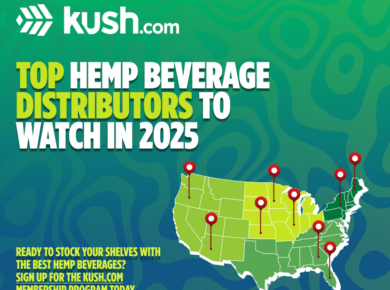As a company, Kush.com has always had a massive treasure trove of useful data. In the past, much of this data was left to the wayside. Periodically, Kush has analyzed historical data and written posts explaining the ongoing trends. Forecasting for stakeholders has also become a staple of Kush.com‘s content.
Checkout 2020 Wholesale Prices Here >>
As a founder, I’m super proud of our track record. Our team has been right on the spot with many of our forecasts. Unlike traditional media outlets, Kush has the unique ability to watch industry trends at scale in different regions. These trends are being monitored over a wide range of product categories too.
For example, when we predicted the shortage on the Washington raw material market last January, we hit the nail on the head. Prices since that prediction on trim increased 300%.

These forecasts are incredibly important for stakeholders. There are a couple of major factors that impact the forecasts of a market. These factors include everything from knowing whether it’s a buyers market or a sellers market to the current supply and demand. Will there be a shortage or surplus in the near future? Only Kush.com has the data to make an accurate prediction.
With our new data analysis platform, we allow registered Kush.com users to access this data directly. Here’s our guide to analyzing the data, but we’d love to hear from you.
Do you think we should take other factors into account? What would you like to see on this data analysis platform as we continue expanding it? Let us know by sharing this article with your comments and tagging @KushDotCom!
How to Determine if it’s a Buyers Market or Sellers Market:
Take a look at the graph below. This graph outlines the trend of Hemp Dried Flower Sales between the months of May and July.

There are two things to notice in this chart. First, the red line reflects the average offer price (Demand). The yellow line reflects listing price (Supply). The blue line represents offer accept price (Supply Matching Demand).
Since Kush.com is fluid, in the sense that it captures all of this data and much more, we can present intentional data in addition to transactional data. This means we can see where buyers want price to be in addition to where suppliers think it should be.
What’s important to take away is where the offer accept price is in relation to the average listing and average offer price. If it’s closer to average offer price, then it’s typically a buyers market. If it’s closer to listing price, then it’s typically a sellers market.
This chart was a surprise to us, especially when looking at dried hemp flower in July. We know there is a relative shortage on the market for quality flower which means prices should rise. That would be true if demand outpaced supply. Unfortunately as supply decreased demand also decreased. A couple of things could be happening here.
Either buyers moved to different product categories because of the challenges associated with finding quality flower, or the quality of the flower left on the market wasn’t worth asking price to the demand side of the market. Either way, this data clearly shows that there has been a shift in the supply chain before anyone else is aware.
What Happens When the Market Inverts?

The chart above shows Cannabis Trim in Washington State. Something strange is happening here where Average Offer and Average Offer Accept Price outpace listing price in June. First this means there was a definite shortage on the market.
One strange thing about this chart is that Average Offer is over Average Offer Accept price. At first glance that doesn’t make any sense at all similar to the hemp flower chart at the top of this post. However, after talking with the team, we realized that June product was starting bidding wars on the platform. Multiple competing bids would be placed on the same product and the highest price would win. Sometimes a product would even sell at full price, then other buyers would continue to bid up over asking. This could have resulted in the offer price being well above the average offer accepted and listing prices.
As you can see in July, the market normalized as more inventory was coming online from the light dep market. Prices continued to rise on the listing and offer accept price, but the average offer price declined quite a bit. This was due to product becoming easier to find compared to June.
The one consistent line here is the average offer accept price. It’s been growing steadily. This makes sense as the market is going through a very clear transition as light dep harvest have started to come down.
This is Just the Start
Kush.com‘s data analysis dashboard has been one of the most exciting announcements we have made! We know that with a couple of Machine Learning integrations we should be able to predict and forecast the market with increased accuracy as our data set continues to grow. We have the right team to do it, and we’ll be working away at the Kush.com HQ to make it happen. Feel free to let us know what you think and share any trends and forecasts you see by tagging us on social media!
Stay updated on our progress by subscribing to our newsletter and checking out the new feature!



